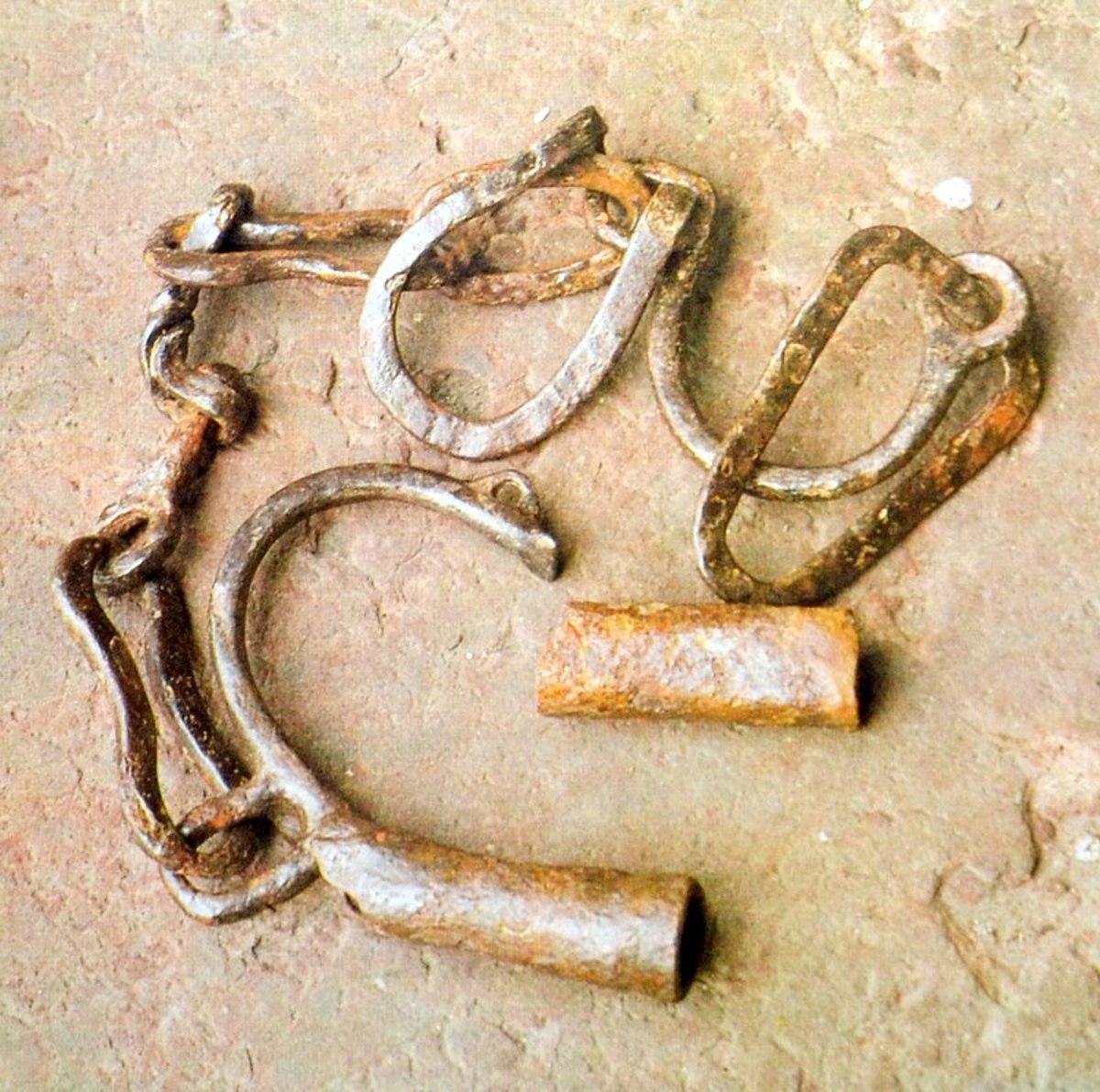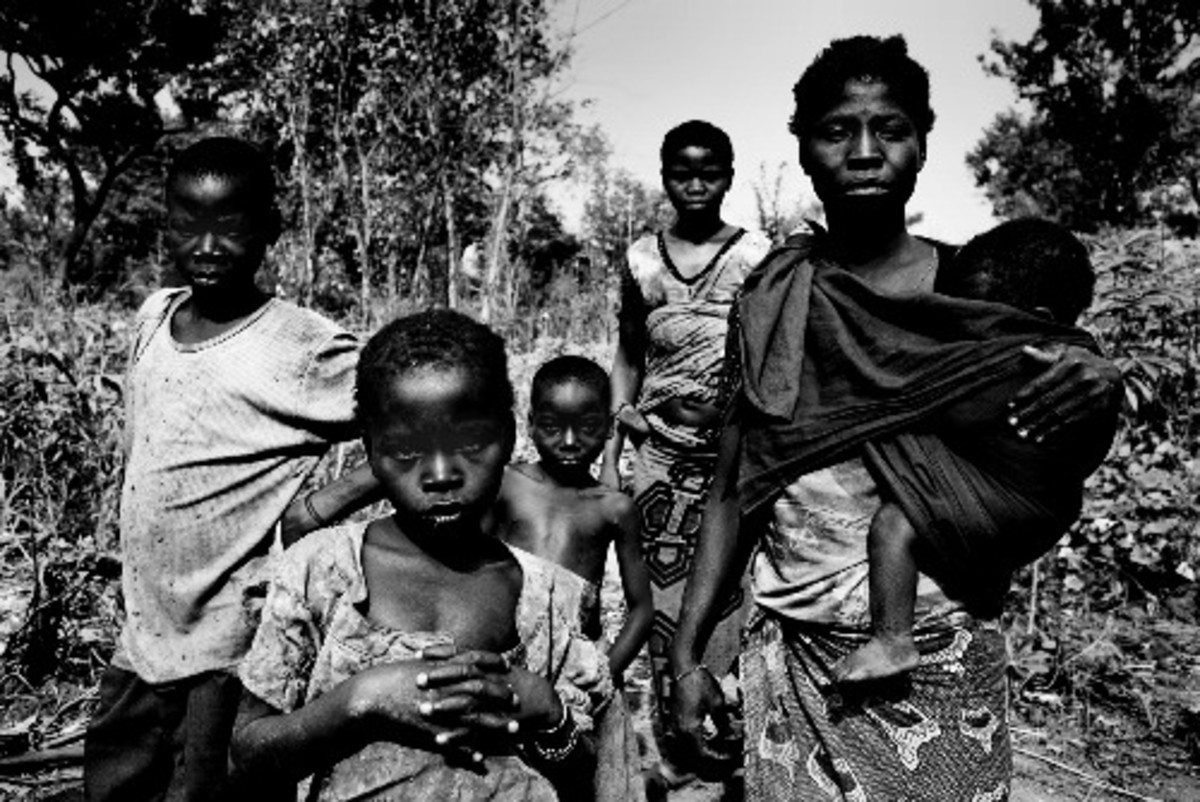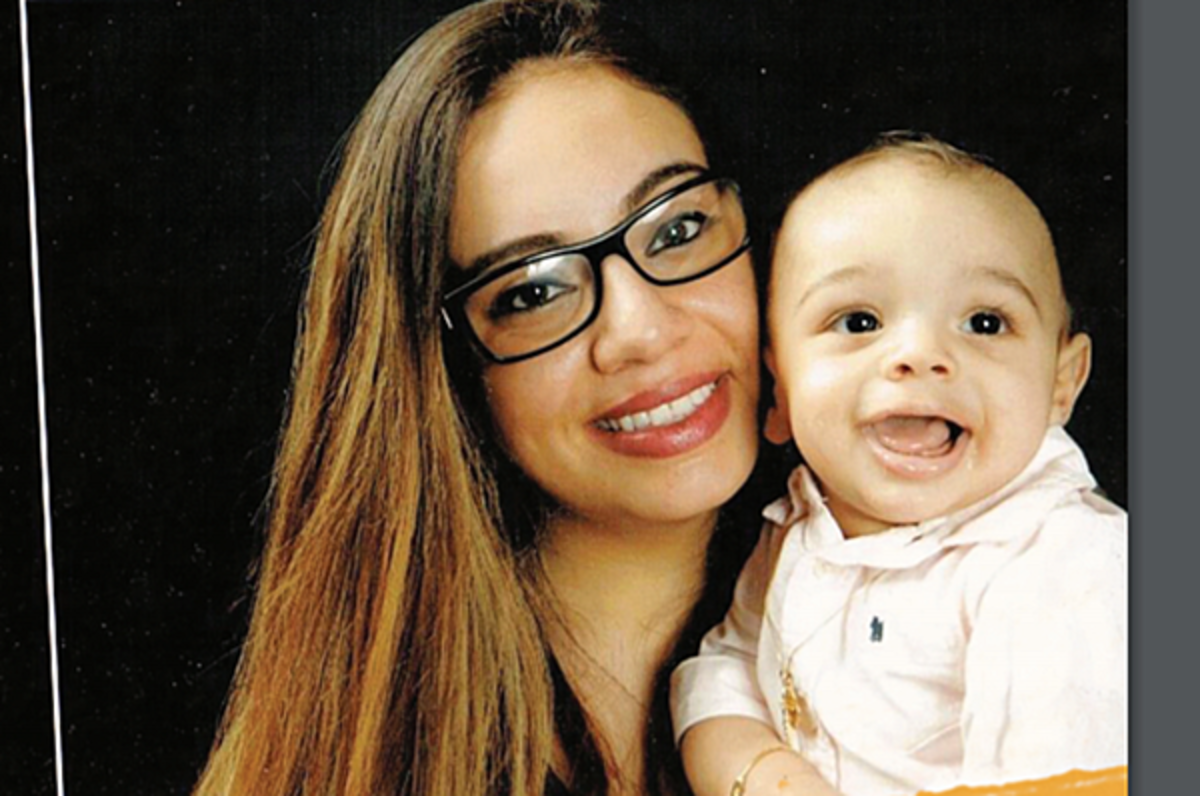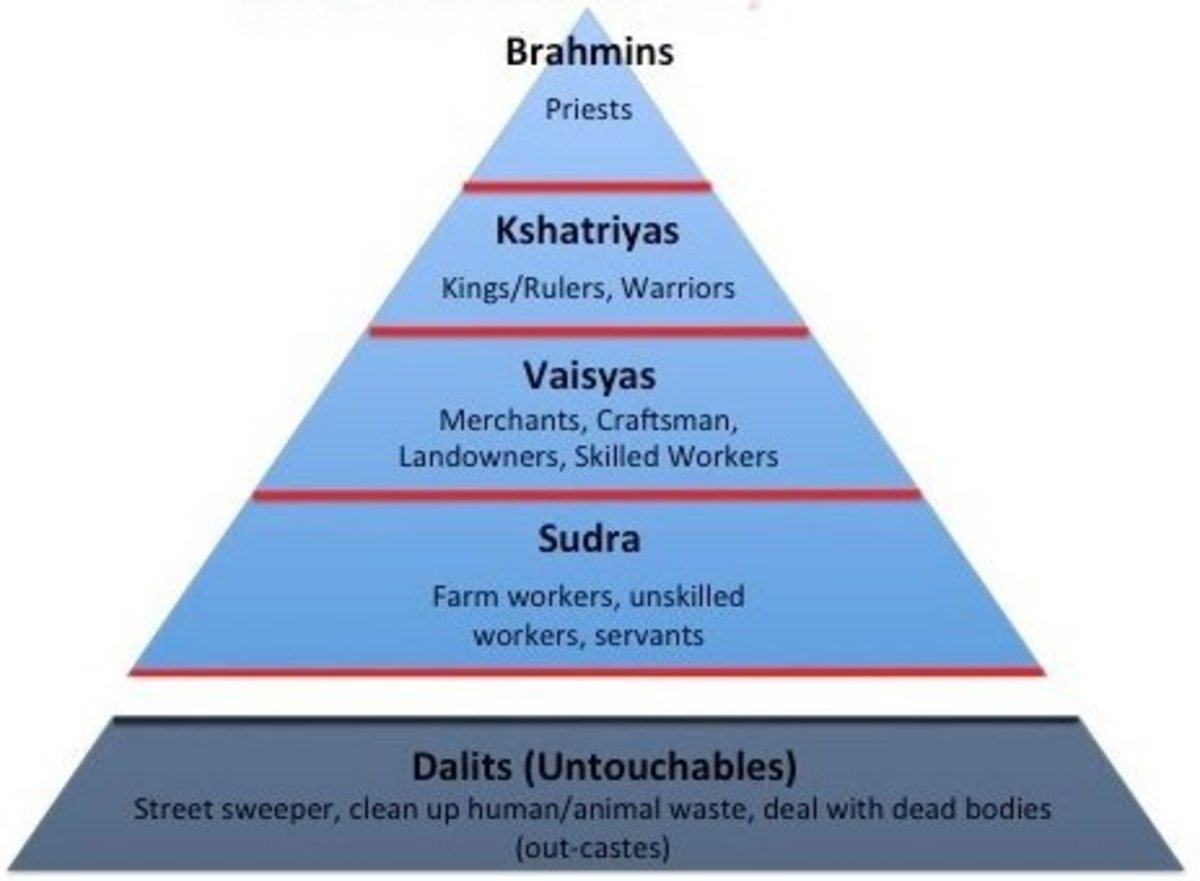What is Human Trafficking - A Look at Modern Day Slavery

Missing Kids
Imagine the terror and heartache of a parent waiting by the phone hoping it will ring. Somewhere, at this moment, a parent is waiting for their child to return home. First, they are a few hours late, then overnight. They make the dreaded call to their local police department to file a missing child report. Each year millions of children and teens are documented as runaways, others – vanish without a trace.
As a parent, it does not matter what the reasoning behind their disappearance, all they want is their child home. Some kids will never return, while others return on their own.There are others out there who want to go home but are unable to return. Many of these missing kids have fallen victim to human trafficking – modern day slavery. Most exploited sexually, forced into prostitution and pornography.
The National Center for Missing & Exploited Children says that in 2016, they assisted in 20,500 cases of missing children.1
90 percent endangered runaways.
6 percent family abductions.
1 percent lost, injured or otherwise missing.
1 percent nonfamily abductions.
2 percent critically missing young adults, 18-20.
According to this information, there were approximately 18,500 endangered runaways in 2016. Of those, there is a high probability that one in six were victims of child sex trafficking. Human trafficking is a growing trend in the United States. A trend we need to learn how to stop.
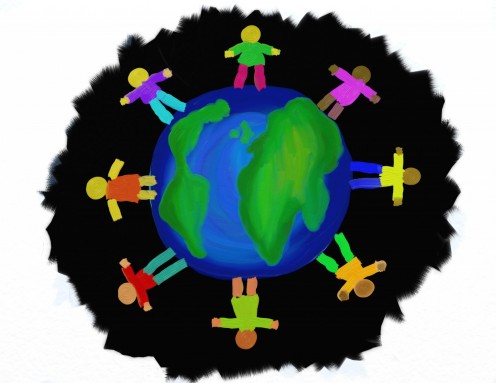
A Global Crisis
So, what is human trafficking? The modern day enslavement of a human being, taken by force, coercion, or fraud to achieve labor or sex acts. It is a life-altering, traumatic crime against humanity.
Each year, there are millions of children and adults trafficked around the world, the United States included. Human trafficking generates billions in profit each year and comes in second to trafficking drugs as the highest profitable form of international crime. Human trafficking is a crime that is not in the national spotlight, victims rarely report the crime nor try to find help. There are a few reasons why, including language barriers, fear of law enforcement officials, and the biggest, fear of their traffickers. Traffickers seek out those they believe to be weak, or desperate. Runaways, those under deep economic hardship, or even the mentally ill. The damage inflicted by human traffickers can be so traumatic victims will not ask for help, even in public places.
The International Labour Organization stated in 2012, there was an estimated 20.9 million victims of human trafficking worldwide.2 Sexual exploitation is the most common form of human trafficking above forced labor. Totals which were released by the National Human Trafficking Resource Center show that is true for the U.S. as well, where there have been more than 4000 reported cases of sex trafficking. Around the globe, human trafficking brings in close to $150 billion, making it an extremely lucrative industry.
Victims of Human Trafficking
It has been shown that kids as young as 12 are being targeted for sex trafficking. In the U.S., Canada, and Mexico, there are estimates as high as 325,000 who run away each year.3 This puts them in jeopardy of falling victim to human traffickers and sexual assault. When runaways become so desperate for basic needs, they will do things which they would not consider otherwise. Sexual predators and human traffickers prey on that desperation, offer them food, a place to stay, and the child never knows they are being groomed for exploitation.
Before they understand what is taking place, the child now “belongs” to human traffickers, and become deeply involved in prostitution. These kids feel as if they have no way out. To make matters worse, once a child has become the victim of a human trafficker, they are forced to rely on them for even basic needs. After coming to rely on the trafficker, they might not seek help out of fear. A fear that their needs will be taken from them by the person exploiting them.
Perpetuating the complex nature of the problem is the fact law enforcement has always treated the victims of human trafficking as if they were the criminals. They are charged with prostitution if caught. When we approach the situation in that manner, we fail to understand that these are children who are being coerced and manipulated to perform or provide sexual acts. They are abuse victims, and now, after an arrest, trying to pick up the pieces and move forward with any recovery will be difficult with a criminal record.
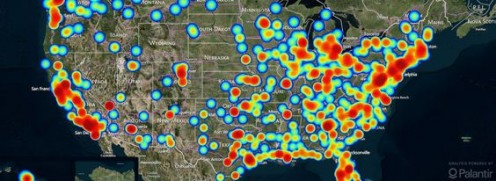
Human Trafficking Hotbeds
Many people believe that human trafficking happens only to people who have been abducted. That is a myth. Girls and young women, and growing quickly, young men are often exploited from as early as five years of age. They are threatened that their family might be hurt or even killed if they try to stop or escape. Another misconception is that human trafficking does not often happen in the United States. As we have already learned, it does indeed happen quite frequently. One-third of the U.S. population lives in the top 5 human trafficking states.
Human trafficking in the U.S. occurs most frequently in New York, California, and Florida. Texas and Ohio round out the top 5 states. In the last six months of 2014 alone, there were 291 mostly young females, who fell victim to sex trafficking in San Francisco. With its tourism and business, San Francisco ranks in the top locales for human trafficking in California. The Bay Area is the 13th highest child sex trafficking area nationwide. San Diego, Los Angeles, and Sacramento also fall into the upper rankings.
Recognize the Signs
There are certain red flags and indicators which point to human trafficking. Knowledge of these is crucial in being able to identify victims and guiding them to the assistance they require.4
Common Work and Living Conditions:
- Is not free to come and go, or leave
- Is under 18 and involved in commercial sex
- Is in the commercial sex industry and has a pimp
- Is unpaid, paid very little, or paid only through tips
- Works long or unusual hours
- Is not allowed breaks
- Owes a large debt and unable to pay it off
- Recruited through false promises concerning nature or conditions of work
- High-security measures in work or living conditions (opaque windows, boards on windows, bars on windows, etc.)
Poor Mental Health or Abnormal Behavior:
- Is fearful, anxious, depressed, submissive, tense or nervous
- Exhibits unusually fearful or anxious behavior discussing law enforcement
- Avoids eye contact
Poor Physical Health:
- Lacks health care
- Appears malnourished
- Shows signs of physical/sexual abuse, physical restraint, confinement, or torture.
Lack of Control:
- Has few or no personal possessions
- Is not in control of his/her own money, no financial records or bank account
- Is not in control of his/her own identification documents (ID, passport)
- Is not allowed to speak for themselves
These lists by no means represent every possible indicator or scenario. Some of the flags may not be present in all trafficking incidents.
Get Help Now
How You Can Help
According to the U.S. Department of State, here are 10 ways you can help fight human trafficking:5
- Learn the indicators of human trafficking. Human trafficking awareness training is available for individuals, businesses, first responders, law enforcement, educators, and federal employees among others.
- If you are in the U.S. and believe someone may be a victim of human trafficking, report suspicions to law enforcement by calling 911 or the 24-hour National Human Trafficking Resource Center line at 1-888-373-7888. Trafficking victims, including undocumented individuals, are eligible for services and immigration assistance
- Be a conscientious and informed consumer. Discover your slavery footprint, ask who picked your tomatoes, or made your clothes, or check the Dept. of Labor's List of Goods Produced By Child Labor or Forced Labor.
- Volunteer and support anti-trafficking efforts in your community.
- Meet with and/or write to your local, state, and federal government representatives to let them know you care about combatting human trafficking, and ask what they are doing about it.
- Learn how modern slavery exists today.
- Organize a fundraiser and donate the proceeds to an anti-trafficking organization.
- Encourage local schools to partner with students and include modern slavery in their curricula. As an educator or parent be aware how traffickers target school-aged children.
- Be well-informed. Become familiar with public awareness materials available from the Department of Health and Human Services or the Department of Homeland Security.
- Work with local religious communities to help stop trafficking by supporting a victim service provider or spreading awareness.
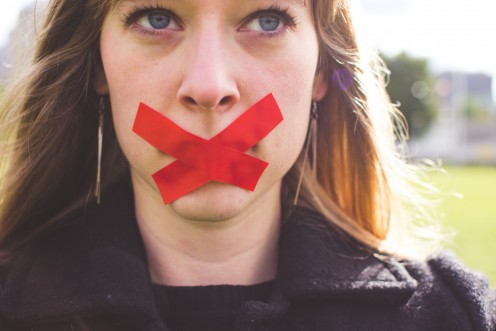
Why Human Trafficking Goes Unreported
Stockholm Syndrome is usually a phrase used for hostages who form strong, emotional attachments to their captors. However, organizations and charities battling human trafficking say some victims suffer from the same symptoms.
Despite the fear of reprisals from those who enslaved them, there are many reasons why victims remain silent. According to West Midlands, UK, Police Sergeant Tim Bacon, "Victims are exploited in four ways - forced labor, sexual exploitation, domestic servitude, and benefit fraud. Those who traffic people may do so by force or coercion."
Victims many times do not see themselves as victims, they fear arrest for their activities or they fear the arrest of their captors and the fallout from such an action. Many also live with guilt and the thought that they have somehow shamed their families and loved ones.
Regardless of how they ended up where they are, everyone needs a helping hand getting back to where they need to be. Be it counseling, medical treatment, reconnecting with family and friends, or simply a kind word.
Help is Out There, You Are Not Alone
If you or someone you know is a victim of human trafficking, call 911 or contact the National Human Trafficking Hotline immediately. Available anywhere within the United States, 24-hours a day, 7 days a week, in more than 200 languages.
1-888-373-7888
References
- National Center for Missing and Exploited Children http://www.missingkids.org/keyfacts
- International Labour Organization http://www.ilo.org/global/topics/forced-labour/news/WCMS_182109/lang--en/index.htm
- Polly Klass Foundation http://www.pollyklaas.org/safe/child-trafficking.html?referrer=https://www.google.com/
- Polaris Project https://polarisproject.org/recognize-signs
-
US Department of State How to Help Stop Human Trafficking https://www.state.gov/j/tip/id/help/index.htm
© 2017 Sherrie Weynand

